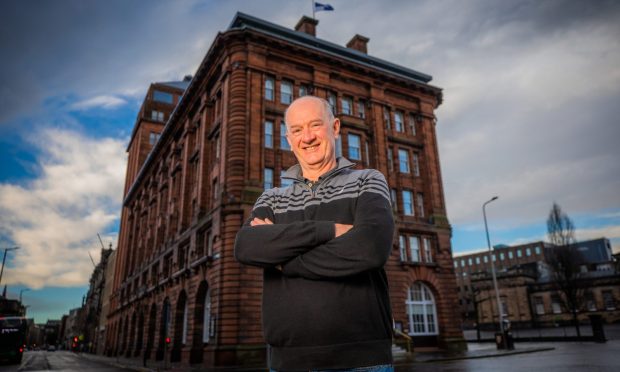Time moves along pretty quickly in rugby. Just over a year ago, we thought we had our World Cup XV, the players who would take us at least to the quarter-finals here in Japan.
It was, roughly, the team which beat England in the Calcutta Cup game at Murrayfield in 2018.
There would be injuries and players returning for injury and form loss and all the rest of it, but Gregor Townsend arrived at the opening game against Ireland at Yokohama two weeks ago with that team still largely intact – only the centres were actually different, while loose-heads Allan Dell and Gordon Reid swapped their starting and replacement roles.
However, the evidence of the last two weeks – and, if you think about it in hindsight, the evidence of last season – suggests strongly that time had already moved on from that team before they even got to Japan. Instead of having a settled unit for this World Cup, Scotland actually may be a team in some kind of transition.
The most obvious area was on the right wing, where everyone now accepts Darcy Graham should be the first choice ahead of Tommy Seymour.
I don’t necessarily blame Townsend for preferring Seymour for the first game, the Glasgow wing is still a quality finisher and has been Scotland’s best defender in the air in recent times, but the livewire Graham has been the better and more threatening force since last December, at least.
The other transition area of note is the back row, where after the Samoa game no-one doubts that Jamie Ritchie and Magnus Bradbury will start against Japan, when Townsend next has to pick his best XV.
John Barclay and Ryan Wilson have been great servants and great players for Scotland, but it doesn’t last forever. Sadly, Barclay’s Achilles injury in May last year stalled him during the best spell of his long and distinguished career, and when he was the unquestioned Scotland captain.
Ireland in Yokohama was his first international game of real importance since Rome in 2018, and sadly it showed. He’s now 33 and his international career might be ended after this tournament.
In his absence, Ritchie had been Scotland’s most consistent player of the 2018/19 international campaign, and Bradbury had made a late run in the Six Nations, showing he might be the physical ball-carrying backrower Scotland had lacked for some time – a big, straight-up basher to complement Hamish Watson’s pinballing style.
Wilson has been largely second choice to Matt Fagerson and Adam Ashe at Glasgow for much of the last six months and whether that’s Dave Rennie’s particular preferences clashing with Townsend’s, you have to think there’s more rounded players now ahead of him in the queue.
The players now coming through – Ritchie, Bradbury, Graham, the Fagerson brothers, Scott Cummings, George Horne, Adam Hastings, Rory Hutchinson, Blair Kinghorn – were all in the same Under 20 teams together. Ritchie did three years at that level and captained, Cummings was also skipper at one of the annual Under-20 world championships.
The younger Horne, who is surely poised to succeed Greig Laidlaw when he (most probably) retires from international rugby at the end of this World Cup, is the eldest of the group at currently 24.
Matt Fagerson and Hutchinson just missed making this squad and could still get here depending on what happens next week against Russia.
There are more coming through such as Glasgow’s big centre Stafford McDowall and Edinburgh’s trio of forwards Calum Hunter-Hill, Lewis Carmichael and Luke Crosbie.
Are they all world-class already? Well, no. But if Ritchie’s development is any measurement, some of them will thrive in the international arena.
The urban sprawl
Kobe might be the most European of Japan’s cities, and you’d certainly think so if you take a walk into the foothills of the Rokko mountain range that fringes the city.
Going up the hill on a short walk I spotted French, British, Irish, Italian and Greek establishments. You’ll not be surprised to learn that the British and Irish places were pubs, the others were restaurants.
Rokko-san is a green backdrop to Hanshin District, which takes in the city of both Kobe and the larger Osaka to the east. There’s not a spare bit of space between the mountains and the Pacific that has not been covered by urban sprawl, and it reaches up a fair bit into the mountains as well.
Looking across from the viewpoints in the mountain is a breathtaking reminder that this is one of the most intensely populated countries in the world.
The entire region, called Keihanshin and consisting of three prefectures (or legal districts) has a population of nearly 20 million; there’s effectively four times as many people as Scotland, shoe-horned into only about 30 per cent more land.
I’m told there are places in Japan to get away from the madding crowds, but I’m not exactly sure where they might be.

